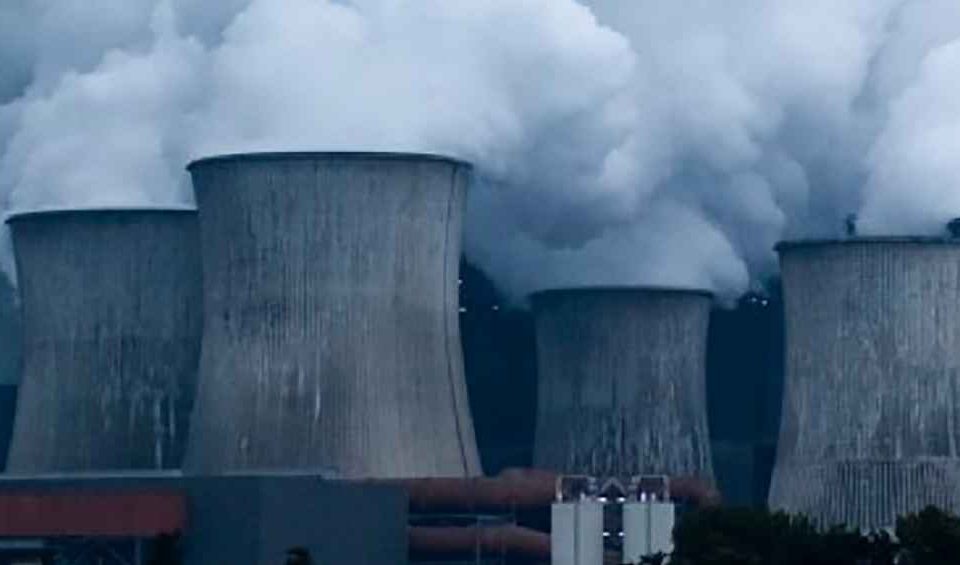Coal is back from the dead as Europe’s coal import in first half rose by 35% from year earlier

For many years, the European Union (EU) has been calling on other nations to reduce their carbon emissions. Now, the ongoing war between Russia and Ukraine has exposed EU energy vulnerability and its reliance on Russian energy as Moscow tightens the supply of natural gas to some of the countries in the bloc.
According to Bloomberg, Europe’s coal imports in the first half rose 35% from a year earlier as low inventories and concerns over energy security caused the EU to turn to the dirty fossil fuels it once despised.
Citing Kpler, Bloomberg reported that the amount of coal imported into the Antwerp-Rotterdam-Amsterdam (ARA) region, a huge transport hub for energy and commodities, in the first half of this year, surged 35% to 26.9 million tons compared with the same period last year.
As Europe scrambles to deal with the fallout from sanctions imposed on Russia, Matthew Boyle, lead analyst for dry bulks, gas and LNG at Kpler Insight, told Bloomberg that coal shipments are soaring in the ARA region. For example, coal inventories have doubled to almost 6.6 million tons from more than a five-year low in the first quarter.
Most of the coal shipments coal from the US, Colombia, and Australia, This means the coal has to be shipped over a long distance, further adding to the carbon emissions. As Reuters noted back in April, shipping gas over a long distance leads to more carbon emissions from liquefaction, shipping, and regasification. The situation with coal is even worse.
Meanwhile, the ARA region is not alone. Last month, we wrote about Germany when it went back to burning coal after spending close to a trillion on renewable energy. According to multiple reports, Germany is now “planning to fire up coal plants as Russia throttles gas supplies.”
For decades, the European Union (EU) has been aggressively pursuing a clean energy future as it plans to end its reliance on fossil fuels, but the ongoing war between Russia and Ukraine has highlighted the shortalls of renewables. For example, the EU currently gets about 40% of all its energy from Russia, including 41.1% of its gas supply even with billions of dollars of investment spent on renewable energy.
In April, the EU announced that it expects to remain dependent on energy imports from Russia for at least another five years, according to a report from the TASS news agency. The Commission added that its reliance on Russian gas won’t end until at least 2027.
Now, the EU is facing soaring gas prices as Russia threatened to cut off the gas supplies if payments are not made in Ruble. In addition, transitioning to renewable energy sources also takes time. For now, the EU has to rely on dirty fossil fuels to solve its energy crisis.
In the meantime, Germany is preparing for gas rationing while France’s power grid operator is asking consumers to use less electricity. The situation in the UK isn’t any better as protests broke out over the latest electricity price hike that plunged millions of Briton households into what some called fuel to stress.
Currently, wind and hydro constitute two-thirds of the total renewable energy output in Europe. Considering that renewable energy sources accounted for 37.5 percent of gross electricity consumption in 2022, many are asking: Why would Germany have to brace for gas rationing and France ask its citizens to consume less electricity?

